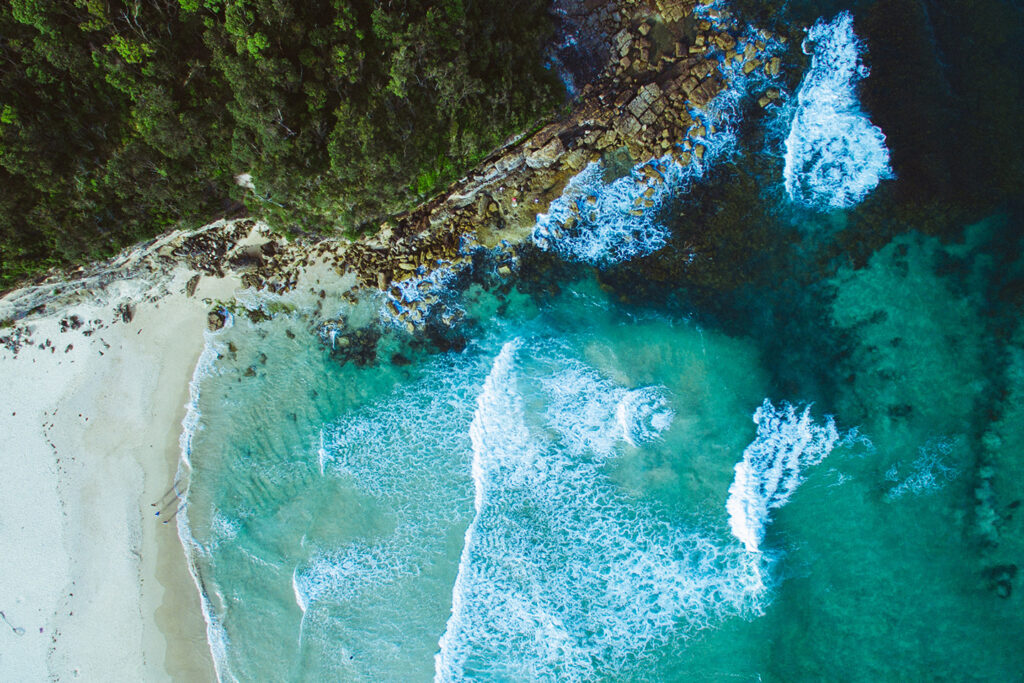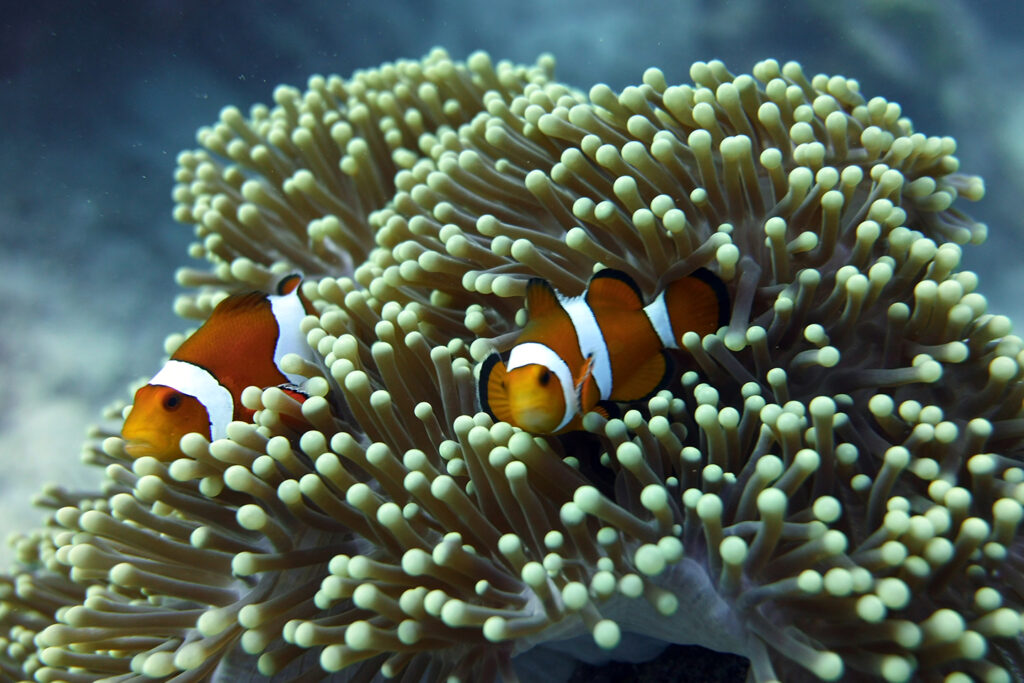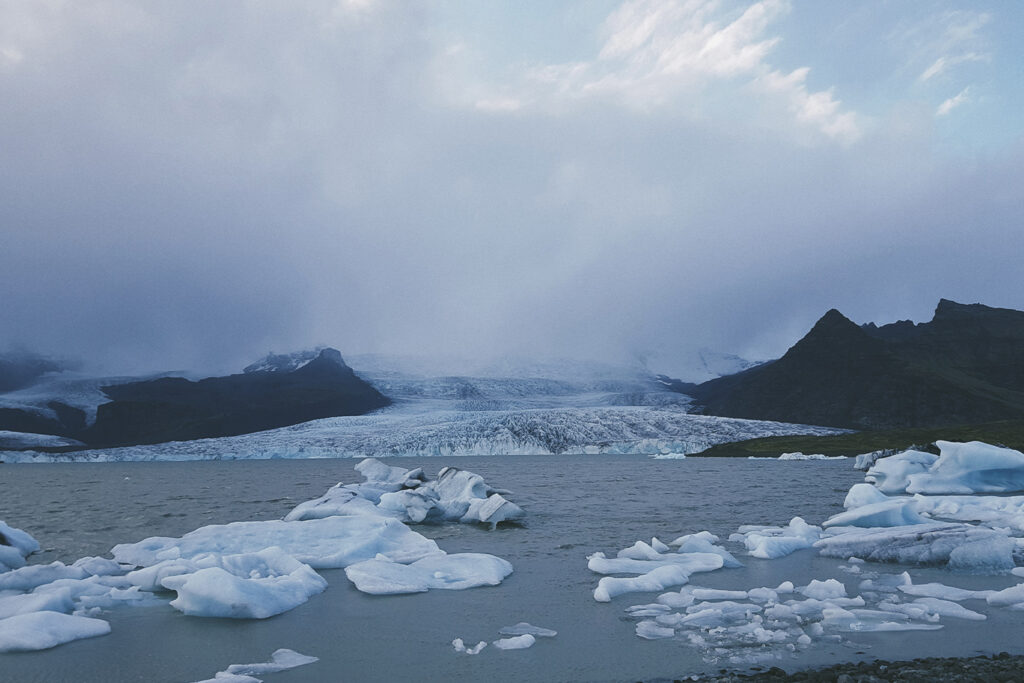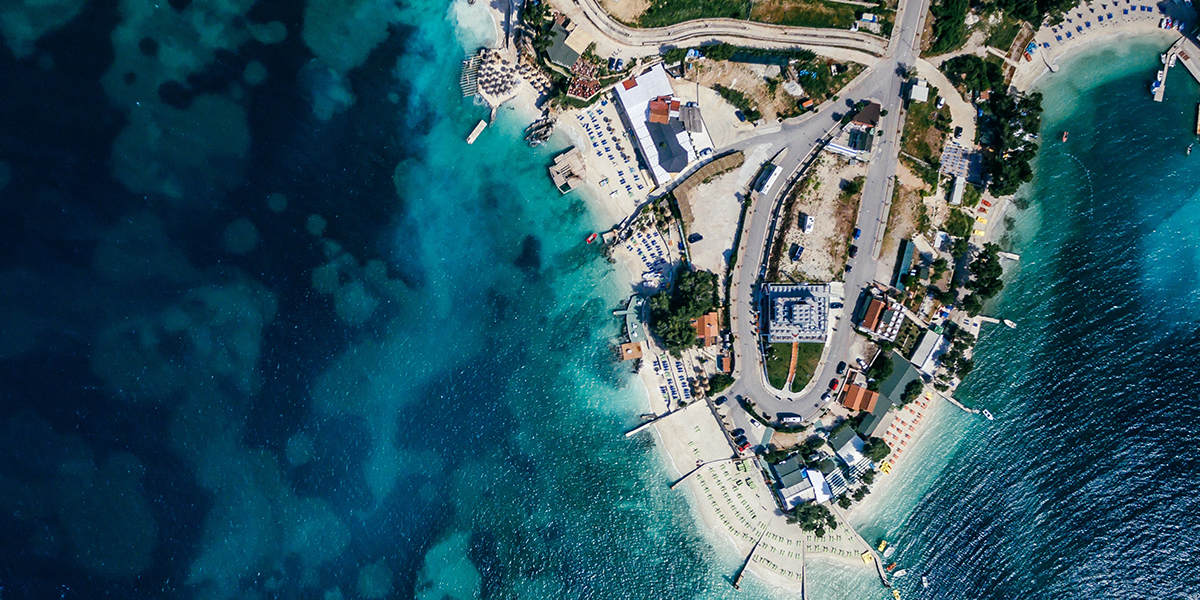The ocean hums with life in an interconnected web, from the tiniest sea butterflies to the great blue whales. Each whale plays a role in the delicate ecological balance of food, habitat, and successful reproduction that is critical to the survival of all species. Each coral reef is adapted to specific environmental conditions that allow it to provide a home for entire communities of fish and other marine life. As humans we are immersed in this web, sustained by the ocean’s bounty and inspired by its beauty. Yet our cumulative actions have a significant impact, from the fertilizer on our lawns to the exhaust from our cars. We are only beginning to fully understand the details of how global climate change will affect the ocean. But we know enough to recognize our expanding influence on its future.
At the end of September (2019), two crucial reports came out laying out the relationship of climate change to ocean health. The first, now being referred to as the “ocean and ice report,” was issued by the Intergovernmental Panel on Climate Change.1 It is the first stand alone report on how our planet’s ocean and polar ice are responding to the human-caused disruption of the climate. We have summarized the top 10 takeaways of this report elsewhere. For here suffice it to say that the news is dire about how quickly and how broadly the consequences are already being felt and the future trajectory is even more frightening, given that all life on earth depends on the ocean for oxygen and other life-giving services.

The second report, from the High-Level Panel on a Sustainable Ocean Economy was more hopeful in that it highlighted five potential solutions that the ocean itself can contribute to as we work to combat climate change.2 I was honored to be one of those who reviewed this second report, and to have one of our papers cited.3 And, I will note that even this solutions report has a dose of sobering realism about the challenge of disrupting inertia, and the apparent political preference for the status quo and business as usual.
Factors Affecting Climate Change and the Ocean
| Mediating Factors | Impacts |
| Slow adoption of renewables and energy efficient technology | Acceleration of the human contribution to global warming |
| Excess consumption of fossil fuels | Acceleration of the human contribution to global warming |
| Loss of ecosystem resilience | Other effects (e.g. excess nutrients from human activities and destruction of coastal habitat such as mangroves) make it harder for ocean ecosystems to adapt to climate change |
| Expanding coastal development | Human infrastructure leaves little room for coastal ecosystems to move inland in response to rising sea level |
| Lack of awareness of climate change effects on the oceans | No commitment to address these effects through policy and behavior change |
So, the question naturally arises, how do these two reports change our work at The Ocean Foundation. The simple answer is that it does not change our work at all. The IPCC report makes our work more urgent, and the HLP report provides confirmation that the work we’re doing is part of the solution.

The Ocean Foundation was incorporated in 2002 and focused its initial work on coral reefs. Among its first activities was to organize a briefing on the impact of human activities on coral reefs and to assess the depth of public support for protecting those reefs and individual species of coral in the face of a changing climate. We were then asked to organize a briefing for the marine funders working group, a funders network for those who make grants to marine conservation efforts. This briefing focused on the relationship between ocean and climate and the pre-briefing report was published in August 2004, In turn, that report became the basis for an annotated bibliography resources page on the effects of climate change on sea life and the ocean’s natural cycles that we maintain today. Since our founding, and into the present, we have been working diligently on raising the profile of the intersection between ocean and climate change. We have tried to ensure that people understood that not only does climate change increase the intensity of hurricanes and pose a threat to coastal communities, but also how warmer water, changes in currents, hypoxia, and ocean acidification will affect marine wildlife and habitats.

As part of this overarching effort, we became the first U.S. member and a founding member of the Ocean and Climate Platform , which has been advocating for more than a decade that country leaders need to pay attention to how the ocean itself is being harmed by our disruption of the climate. It is the result of the advocacy of this Platform that the IPCC report was commissioned, as well as the blue ocean focus of UNFCCC COP25 in Chile to be held in December 2019.
TOF’s new Blue Resilience Initiative combines a decade of our blue carbon restoration work with our years of providing offsets via SeaGrass Grow.4 We are also folding in resilience to climate change enhanced storm surge and other effects of climate change.
I am particularly proud of four activities related to this Initiative:
- TOF created the first blue carbon offset calculator in 2012 to help people understand the impact of their activities and to finance our seagrass restoration efforts through SeaGrass Grow.
- TOF just closed out a GEF Blue Forests Project with a staff and partners retreat to write our lessons-learned report, and a guide for mangrove restoration as a resilience and carbon storage strategy. These will be published shortly.
- The Blue Resilience Initiative is increasing capacity by bringing together experts to teach resource managers how to do restoration, how to follow the standardized certification methodology, and thus calculate carbon uptake and storage.
- And, as we prefer to create bridges among TOF projects and disciplines, some scientists trained and equipped through our International Ocean Acidification Initiative are now monitoring ocean chemistry before, during and after habitat restoration projects. The hope is that the data on the local effects of improved habitats will inform future OA mitigation activities. We are funding two projects right now: a mangrove restoration in Fiji, and a seagrass restoration in Colombia.
Finally, we are working with our long-time partners at Rockefeller Capital Management to build on the success of our Rockefeller Ocean Strategy Fund ($100m under management), by expanding it and re-framing it as the Rockefeller Climate Solutions Fund.

In short, we have worked long and hard to bring attention to how the ocean and its animals and habitats will be disrupted by climate change. These reports brought few surprises and a lot of opportunities. We cannot hide behind the notion that the ocean “is too big to fix,” as TOF Board of Advisors member (and former head of NOAA), Dr. Jane Lubchenco, wrote in a recent essay. Instead, she recommends that we move on to “People and the Ocean 3.0” where we all acknowledge, “The ocean is so central to our future, it is too big and too important to ignore.” There is much to be done. And, we are not slowing down.
1Special Report on the Ocean and Cryosphere in a Changing Climate https://www.ipcc.ch/srocc/home
2The Ocean as a Solution for Climate Change: 5 Opportunities for Action https://oceanpanel.org/climate#report
3Conflict Resolution for Addressing Climate Change With Ocean-Altering Projects https://cmsdata.iucn.org/downloads/ocean_climate_3.pdf
4With a related VCS certification on restoration done, and on conservation pending.







